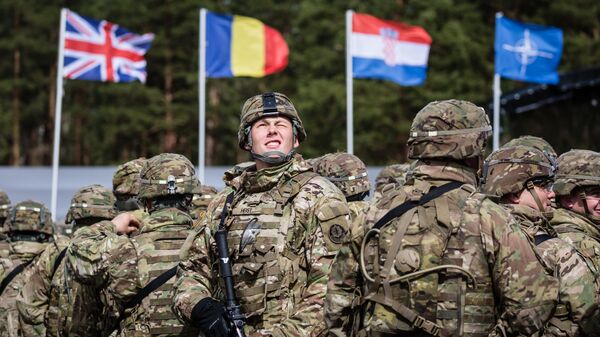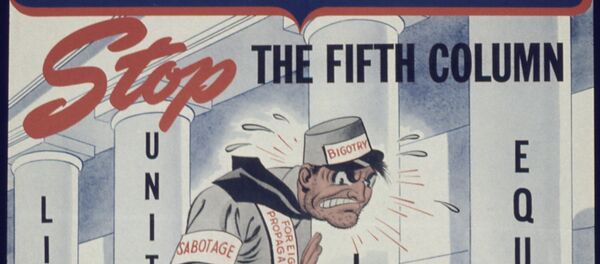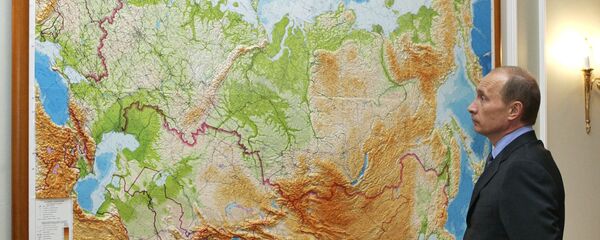Sputnik contributor Andrei Kots explained why the adoption of the new security strategy won't translate into serious political changes.
"Today, we are witnessing some of the most fundamental threats to our democratic values and to the cohesion of our alliances since the beginning of the post-World War II era," Smith said in an official statement Tuesday.
According to Smith, the US needs to develop a comprehensive new strategy to "deter Russian aggression, strengthen allied and partner defenses, and boost our cohesion while including measures to reduce the risk of nuclear war and avoiding a reckless plunge into a new nuclear arms race."
"It is time for us to recognize that this challenge must become one of the central concerns of US national security strategy," he stressed.
However, there is nothing new about Smith's proposal, Kots wrote, commenting on the issue.
"Many experts and political scientists note that the new strategy will differ from the previous ones only in form, but not in content. The US administration had actively pushed ahead with measures to deter Russia long before Crimea, sanctions or Russia's interference in the Syrian civil war," the journalist highlighted.
De facto, the US started to implement plans aimed at deterring Russia back in June 2002, when George W. Bush unilaterally withdrew from the 1972 Anti-Ballistic Missile Treaty. To add to the controversy Washington began to build its missile defense shield in Europe.
Kots noted that on paper the NATO missile defense system in Europe envisaged countering threats from Iran and North Korea. However, in reality, it was designed to contain Russia's strategic forces.
In addition, the journalist continued, from 2003 to 2005, a series of "color revolutions" were carried out in three former Soviet republics, with active information, diplomatic and financial support from the United States: the Rose Revolution in Georgia in 2003, the Orange Revolution in Ukraine in 2004, and the Tulip Revolution in Kyrgyzstan in 2005.
"As a result, anti-Russian political regimes backed by the US emerged one by one on Russia's borders," Kots noted, adding that simultaneously NATO continued its eastward march, Washington openly supported Russia's opposition movements and launched repeated attacks against Russian President Vladimir Putin in the Western media.
Given all the above it is clear that over the years Washington's deterrence strategy towards Russia had never changed.
What lay at the root of this policy?
"Let's be honest: Russia, by its very existence, allows American defense contractors to earn tens of billions of dollars," Sergei Sudakov, a specialist in American politics and professor at the Academy of Military Sciences, told RIA Novosti.
As for US President Donald Trump, he is merely unable to resist the pressure from the US military-industrial complex.
"It turns out that Trump is the president who reigns, but does not rule," Sudakov explained. "He is likely to sign the bill on the new national security strategy [which envisages anti-Russian deterrence]. This will severely limit all of Trump's further efforts to normalize relations with our country."
According to Kots, the adoption of "The Fostering Unity Against Russian Aggression Act of 2017" is unlikely to result in any major changes in the US politics. One also shouldn't expect a further aggravation of tensions between the two countries, he wrote, adding that the situation is already very complicated.
As long as the US military industrial complex is able to capitalize on the Russian "threat," the slogan "The Russians are coming!" won't lose its relevance in America, the journalist concluded.




